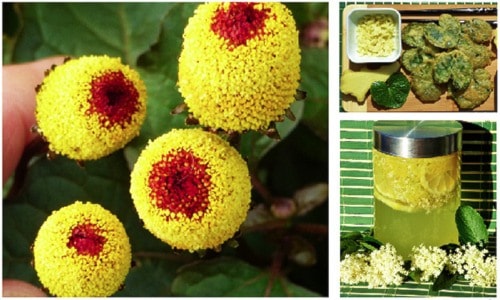Now that the frosts are fast approaching, I have been busy harvesting the many experimental edibles I had growing in my tiny townhouse garden.
There are dwarf pomegranates and golden bay Laurel thriving by my front door, a row of containerized columnade apples (both ‘golden sentinel’ and ‘scarlet sentinel’), a hybrid cherry (‘Romeo’) and a compact fig (ficus carica ‘petite negra’) standing in a row along the west side of my back patio, with a genetic dwarf nectarine (‘golden prolific’) flanking the east end.
Then there’s all the plants we grew in smaller pots or in the gaps between shrubs in the backyard which included cucamelon, Mexican tarragon (tagetes lucida), red shiso, asaparagus peas, horned melon, wasabi, ginger, golden wild strawberry (fragaria vesca ‘golden Alexandria’), ‘silver posie’ thyme, electric daisy, peanuts and mushroom plant.
It has been a summer of trialing fresh edibles while researching my upcoming book and even my failures brought me some measure of success.
Case in point was my wasabi plant, which is normally grown for the spicy roots which are grated as an accompaniment for sushi. While I could tell that my roots probably weren’t large enough to harvest, an abundance of leaves and an obscure tempura recipe (coupled with my meager cooking skills) managed to pull together a delicious dish.
In fact, I’ve been cooking off and on for much of the growing season, creating such unusual dishes as redbud (cercis canadensis) fritters, black locust (robinia pseudoacacia) flower crepes with black currant syrup and fiddlehead (matteuccia struthiopteris) fettucine.
Then there’s all the unconventional beverages I’ve been concocting, including May wine (made with sweet woodruff and strawberries), black elderberry flower cordial (my favourite, it tastes like spring in a glass) and sumac lemonade, which really looks and tastes like pink lemonade – all of which have really helped to expand my palette. I have learned what real green tea really tastes like by processing and brewing newly picked leaves, and how adding fresh jasmine flowers (jasminum officinale) can alter that flavour completely.
Speaking of altering flavours, perhaps my favorite experimental crop was the electric daisy (acmella oleracea), a Brazilian species with eyeball-shaped flowers that are consumed to alter your sense of taste and cause your mouth to feel like someone is giving it a mild electric shock – kind of like putting your tongue on a battery (don’t ask me how I know that) or eating “Pop Rocks.” The best part of watching someone ingesting this plant are the wide range of reactions that go with it, with some taking it in stride while others completely freaking out (but with no lingering side effects).
My skepticism was won over by the true French tarragon flavour of the Mexican tarragon, which is essentially a marigold, while the mushroom plant (rungia klossii) from Papau New Guinea, whose glossy deep green leaves in no way resemble a fungus, infuses a true mushroom flavour to rice, stews and soups.
The asparagus peas, a winged bean with attractive ruby red flowers, lived up to its name with a true impression of that hard-to-grow spring vegetable.
It seems that I have come a long way from my grandma’s clove-infused spiced crab apples (if memory serves me, I was the only grandchild that would eat them) and if all goes well, I should be able to share all those flavourful memories with you once my new book on edible plants is published.
Mike Lascelle is a local nursery manager and gardening author (hebe_acer@hotmail.com).
